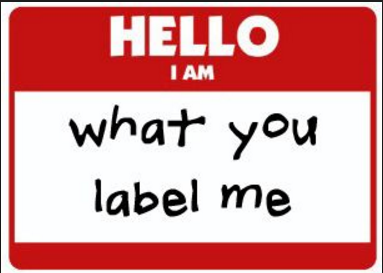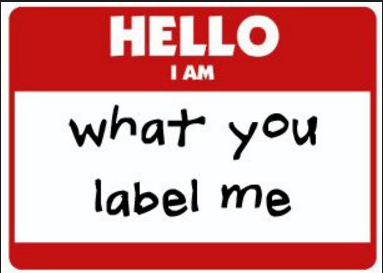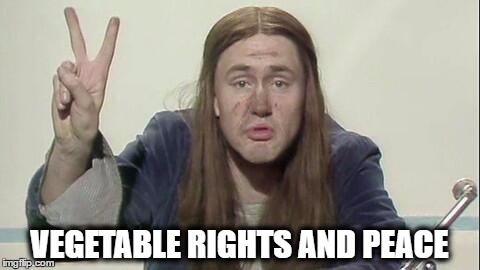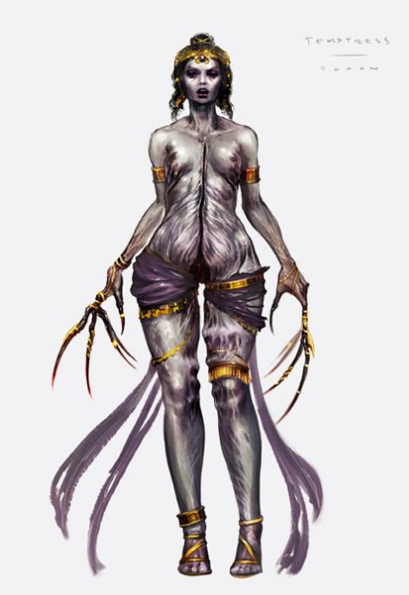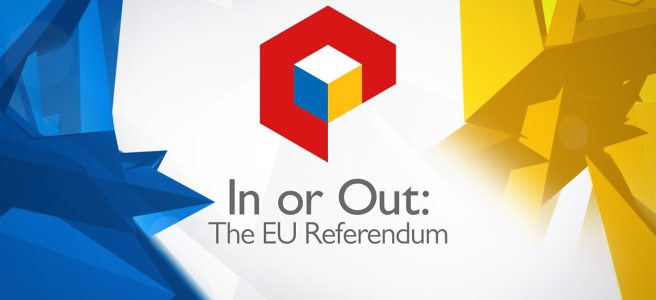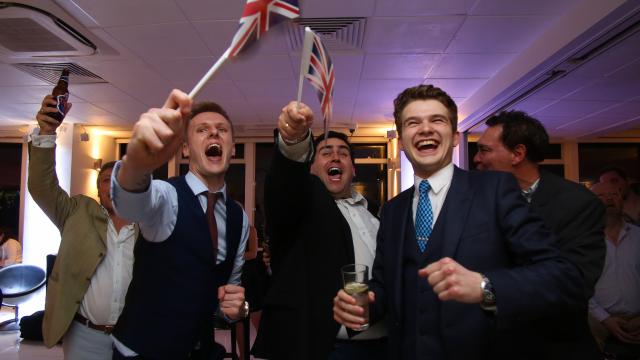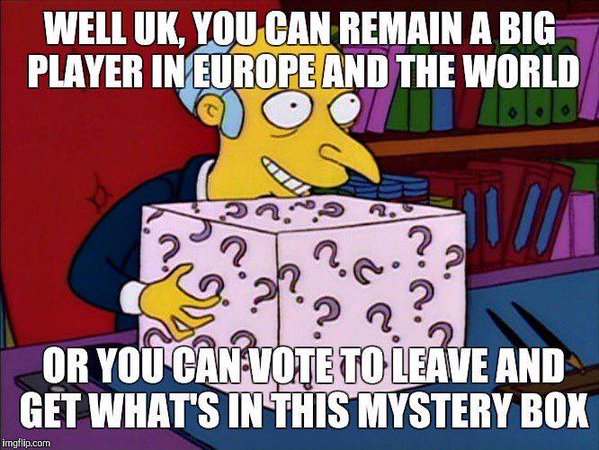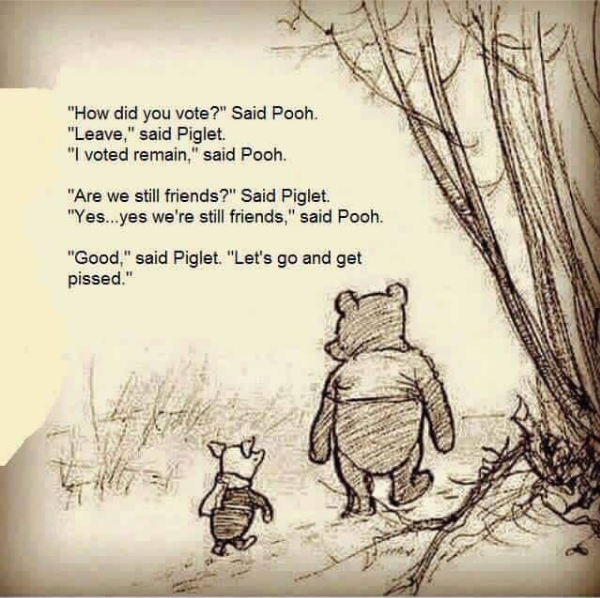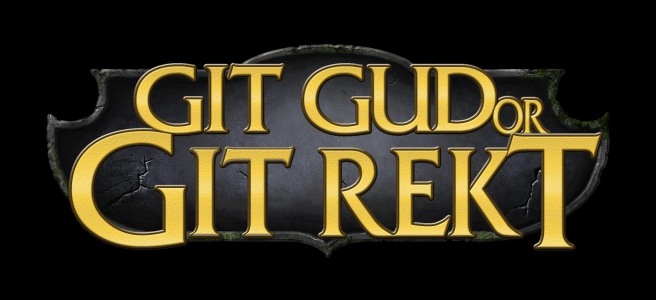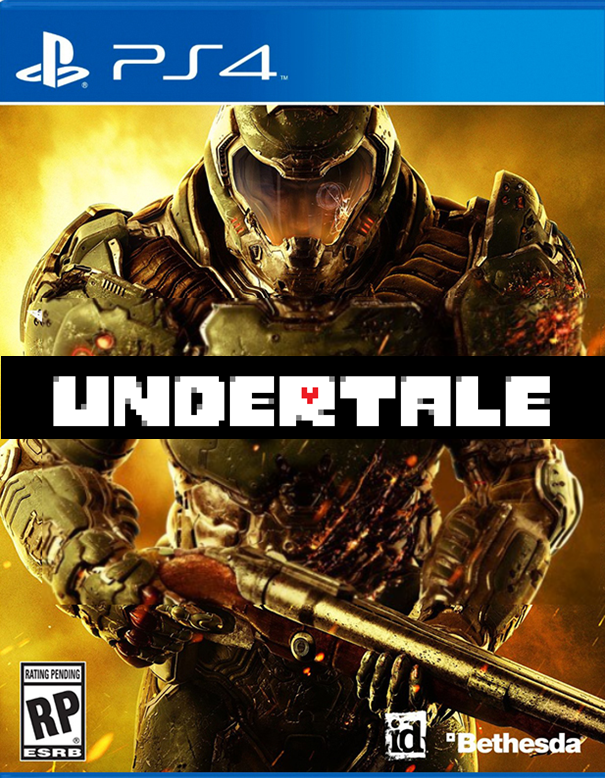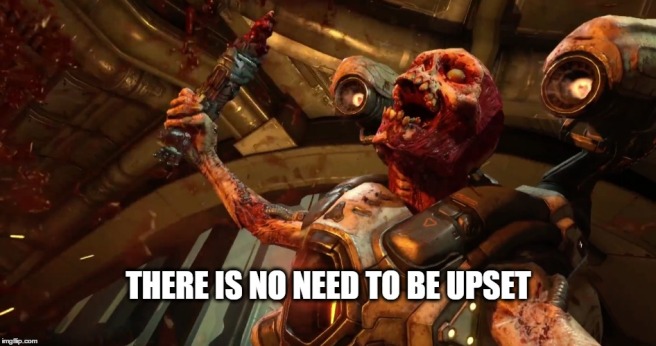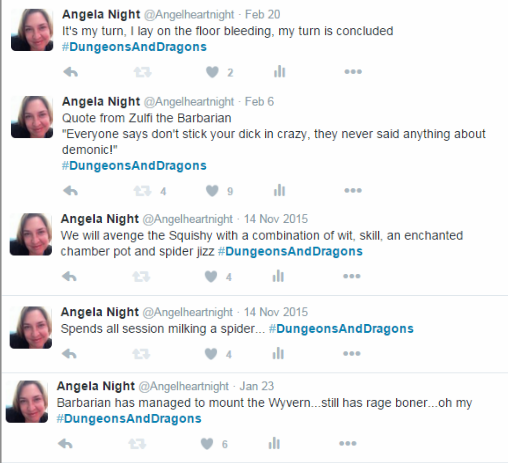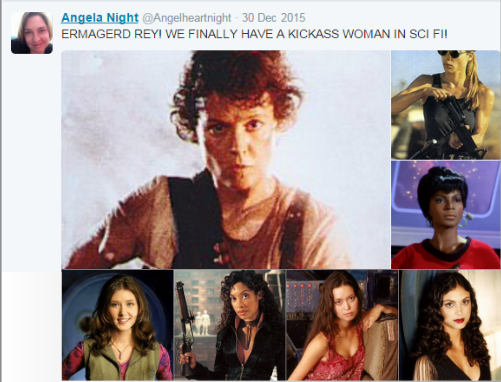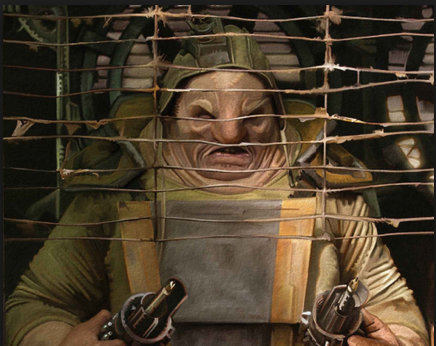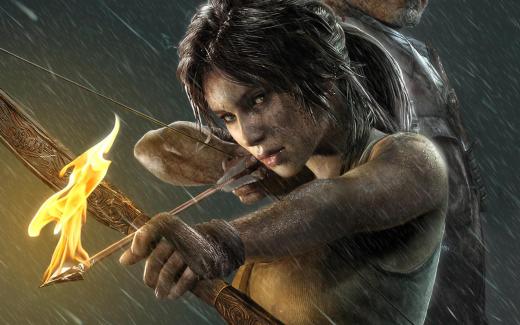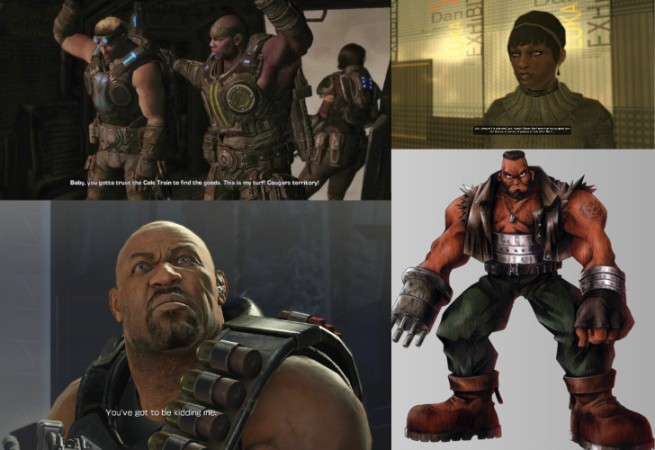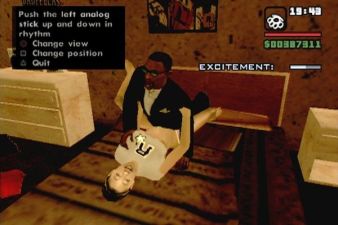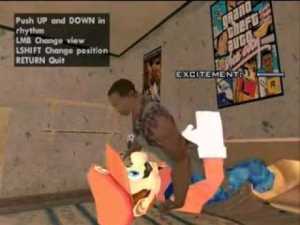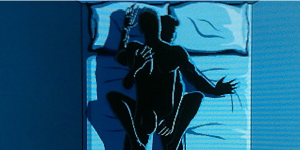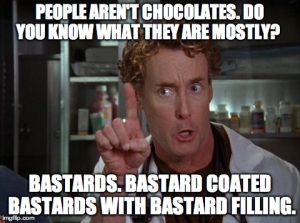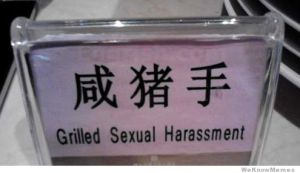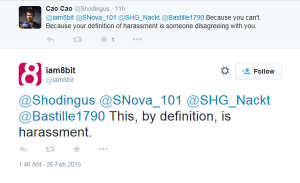Categorical labeling is a tool that humans use to resolve the impossible complexity of the environments we grapple to perceive. Like so many human faculties, it’s adaptive and miraculous, but it also contributes to some of the deepest problems that face our species.
From Why It’s Dangerous To Label People, by Adam Alter, Psychology Today.
It’s not really controversial to say that human beings like to label things. We can’t help it, it’s natural for us to want to place everything that we encounter into distinguishable categories. Labelling helps us to organise our knowledge, placing our experiences into the neatly identifiable mental boxes that formulate our understanding of the world around us. Giving something a label is the first step in establishing our mental pathways. These pathways can lead to facts, such as the meaning of words or ideas, expectations or assumptions based on background and previous experience, and even unconscious ideas that we have soaked up from the world around us. We also often label the people around us, and claim labels for ourselves. That is where the problems can start.
The last decade has seen left-wing social ideology and social justice movements swing towards a focus on identity aspects. The purpose of this was to give those that for whatever reason have been marginalised a greater voice and role within the wider framework of society. The cause was worthy, to address disparities and overall make things more balanced and fair. The intentions were good, and great strides have been made. However, even the best of intentions can have unintended consequences.
As it turns out, very little that concerns people is simple. Most of us hold a mix of emotions about the bits and pieces that make up our identity, based on our experiences and personality. Some of those opinions will inevitably be shaped by the reactions of the world around us to our various identity aspects. Equally we may feel closeness or kinship with those who share our identity, and bond together to fight against what we perceive as disparities or injustices against us. There is absolutely nothing wrong with this. We are all told that life is unfair, that doesn’t mean we have to just put up with it.
But things have gone horribly wrong. In recent years the left has made identity, the labels, the most important things about us. Instead of treating everyone as an equally important person in their own right, many are being told that if their face doesn’t fit? Their voice is not of value, and they need to shut up. However, it goes deeper than that, placing so much importance on labels has taught people that anyone who doesn’t share a label is automatically there to hold them down.
This happens both with the identity aspects that we are born with, but also the ones that we choose for ourselves. A label of identity that we claim for ourselves can be as simple as a religion, an ideology, even a hobby. The communities we choose to belong to become our tribe, those outside them are to be avoided or even actively shunned lest they do us harm.
It seems that in a world where the label controls all, and only those who share your labels are your allies, everyone else is your enemy. Those who are not of your label? Of your tribe? Are dangerous and not to be trusted. When only you and your tribe are the victims? Everybody else is guilty.
This mandatory orientation event was designed to help us appreciate our diversity as a student body during the first week of classes. But what did it really accomplish? In compressing us into isolated communities based on our race, religion or gender, the minister belittled every other piece of our identities. He faced a crowd of singular young adults and essentially told them that their heritage outweighed their humanity. The message was clear: know your kind and stick to it. Don’t risk offending people from other backgrounds by trying to understand their worldviews.
From Diversity For The Sake Of Democracy, by Carrie Pritt, Quillette.com
When looked at with this in mind is it any wonder we have seen such a rise in right-wing nationalist dogma? The right has adopted the modern principles of the left, and twisted them to suit their ends. When you strip out the window dressing the extremists of the left AND the right are using the same rhetoric, the same tactics, blurring the lines to the point where it is no longer easy to tell which is which. From both ends of the political spectrum the message seems the same – only those of your tribe are important, you have to claim what you are owed. The rest of the world is not only lesser, they are actively out to get you.
When we focus entirely upon labels, whether given by ourselves or others, we risk losing something else. By reducing human beings to little more than tick boxes on a form that determine our place within the grand scheme of things we miss the glorious and complicated mess that is the individual. On a more worrisome note we encourage the worst excesses of tribalism, selfishness, fear, and mistrust. When people are dismissed because of arbitrary categories given to them by others? They go and seek others who are more welcoming. When you’re only looking to serve yourself and those of your label with everyone else placed in the role of the oppressor? That leaves little room for ideas such as kindness, altruism, trust, and understanding.
I’ve had this blog for two and a half years now, writing about whatever pops into my brain under the labels of feminist and gamer. Updates to this blog have always been somewhat unpredictable, mostly because finding the time to sit down and write is sometimes a struggle. I am not, and have never pretended to be, a professional writer or academic. I have never asked for financial contributions for my writing, why would I ask you to pay to read my opinions when you can read the opinions of any other dickhead with a computer for free?
I have written this blog under the labels of Feminist and Gamer, despite some of my posts being about neither of those things. When I began the labels seemed important, a stake in the ground that declared my allegiances. This has been both positive and negative. People who shared those allegiances were likely to read and share my work. Others would read through the negative lens of preconceptions, looking for things to tear apart. All of that was welcome, however there comes a time when we must evaluate where we are in our lives and consider our future.
With that in mind this will be the last Thoughts Of A Feminist Gamer post. This is not because I intend to stop writing, but rather because the labels of feminist and gamer no longer seem important. Either you care about what I have to say, as an individual with thoughts and feelings as messy and complicated as your own, or you don’t. Either way is just fine with me. I can still actively support ideas of gender equality, I can still play and talk about video games. The difference is that I no longer choose to define myself by those labels.
Because here’s the thing, I don’t know how we’re going to fix things. Not to be hyperbolic but everybody just seems so determined to fight their perceived enemies, which just happens to be the rest of the world. We’re all so busy worrying about ourselves, snatching at what we can get and snarling away over territory like wild dogs. Some of us are actively shielding ourselves from other points of view, sealing ourselves in the bubbles of our own tribes with blocklists and internet mobs. We dismiss anyone that doesn’t agree with us as an SJW or a Nazi. Words are being redefined as acts of violence, and so physical violence is deemed an acceptable response to them. After all they are the enemy aren’t they? And this is war isn’t it? It’s just self defence.
I’m not saying that it is bad to love the things that you are. The point is that if everybody is fighting? Nobody is listening. If all anyone thinks of is their own people? Nobody is helping. If we place all the importance on labels? We’re not placing it on lives. The ideal of a world where things are equal and fair will never be achieved if we dehumanise people by only considering them by categories. We may see an end to caring, to helping strangers for no reason, to sharing what we have even when we have little, to accepting each others weaknesses and acknowledging our own. But mostly? To listening and trying to understand others even when they are very different from us. I don’t want us to close ourselves off from each other, spending our days wallowing in cynicism and nihilism while we eat our own in our sealed communities. I’d like to hope that we can turn this around, and that we can make the world kind again. We cannot end hate with more hate, neither can we forge understanding through fear. Perhaps you think I am being naive, revisionist, or virtue signalling, but I want to believe that overall humanity is good, and kind. I want to feel that we are capable of great acts of nobility and generosity, not just barbarism, stupidity,
or even worse? Apathy.
Perhaps that makes me sound a bit like a hippy but you know what? Maybe a little of that is what we need right now.
Thanks for reading, Angela

